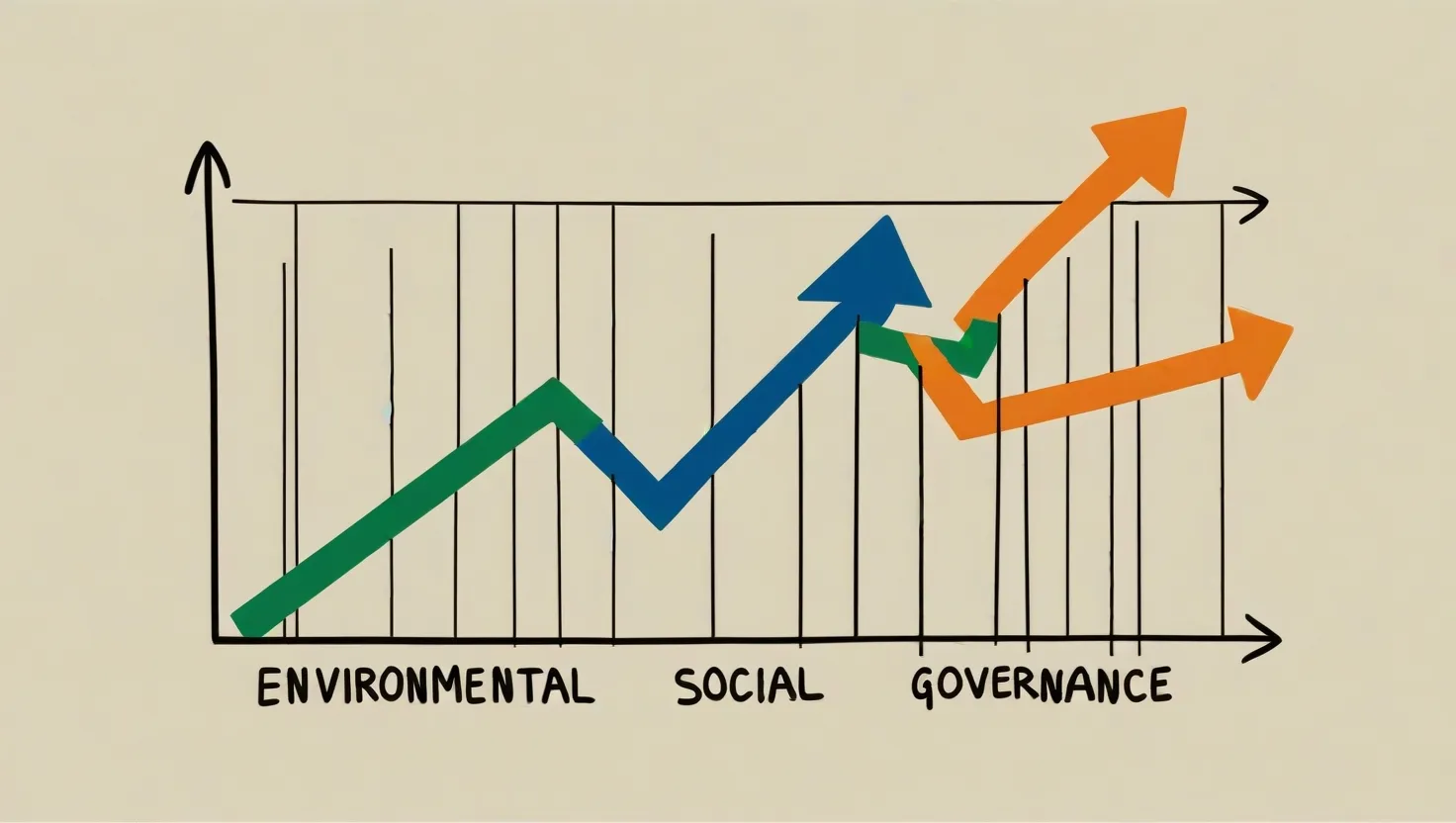Refinancing your mortgage is often talked about as if it’s reserved for financial gurus or people with impressive spreadsheets. But honestly, it’s something that can really benefit everyday folks, too. Think of it as swapping out an old, clunky car for a shiny, new, more efficient one. Sure, the process involves some paperwork, but the potential savings and benefits can make it totally worth your time. Let’s break it down in a way that’s simple and human-friendly.
Why Refinance?
First off, why would you even want to refinance your mortgage? Well, imagine getting the chance to lower your monthly payments or snag a better interest rate. Refinancing basically means replacing your current home loan with a new one to achieve these goals. If interest rates have dropped since you signed up for your original mortgage, refinancing could lead to cheaper monthly payments. So, more money stays in your pocket instead of going toward interest!
You can also use refinancing to tap into your home’s equity—basically, the money you’ve built up by paying down your mortgage over the years. People often use this equity to do home improvements, consolidate high-interest debts, or cover other big expenses.
The Refinancing Adventure
The whole refinancing journey is a bit like what you went through when you first got your home loan, but with fewer stress-induced headaches. Here’s a quick roadmap of what to expect.
Start by setting a clear financial goal for yourself. Are you aiming to lower your monthly payments, shorten your loan term, or cash out some equity for projects or debt repayment? Knowing your goal upfront will help you decide the best refinancing option for your needs.
Next up, check your credit score. Your lender will scrutinize this to figure out if you qualify and what interest rate you’ll get. A higher credit score can score you a better deal, so if your score is less than stellar, you might want to spend a few months boosting it.
Then, determine how much equity you have in your home. This is the difference between your home’s current value and what you still owe on your mortgage. You could get a rough idea by looking at recent sales of similar homes in your area. For some types of refinancing, like a conventional refinance, you’ll generally need at least 20% equity.
Shopping around for lenders is absolutely crucial. When you shop for sneakers, you don’t just grab the first pair you see, right? Same goes for lenders. Compare rates and fees from multiple places to snag the best deal. This can save you a ton of money both upfront in closing costs and over the long haul with lower monthly payments.
Once you find the right lender, gather all your paperwork. This typically includes pay stubs, tax returns, bank statements, and other financial documents. You’ll also need details about your current mortgage like the loan amount, interest rate, and remaining balance.
Submit your application, and then the lender will dive into reviewing your financials and might order a home appraisal to confirm your home’s value. Once that’s squared away, you’ll move on to closing—basically, signing the final paperwork. Heads up: closing costs can be 2 to 5 percent of the amount you’re refinancing, so crunch those numbers to make sure you’re going to stay in your home long enough to recoup these expenses.
Types of Refinance Loans
Not all refinances are created equal. There are different types tailored to different needs.
-
Rate-and-Term Refinance: Perfect if you just want to adjust your interest rate or the loan term. Switching from a 30-year mortgage to a 15-year mortgage can save you tons in interest and get your loan paid off faster.
-
Cash-Out Refinance: If you’ve built up some equity, this lets you pull out some of that value as cash. It’s great for tackling those home improvements or paying off high-interest debts. Just be cautious—cashing out too much can be risky if you can’t keep up with the higher payment.
-
Streamline Refinance: This is a simpler, often easier option designed for FHA and VA loans. It usually requires less paperwork and might not even need an appraisal. It’s ideal if you want to lower your interest rate without the hassle.
When to Refinance
Timing is everything. You want to make sure it’s the right moment financially for you and that the general financial climate is favorable. Lower interest rates than when you first got your mortgage are a green light for refinancing. Also, consider how long you plan to stay in your house. If it’s going to be a while, refinancing to a lower rate or shorter loan term can make a lot of sense.
Impact on Your Credit
Heads up, refinancing will ding your credit score a bit because your lender will perform a credit check. It’s usually minor, so don’t sweat it too much. But if you’re planning other big financial moves like applying for a car loan or new credit card, each credit check can stack up and hit your score harder.
Putting It All Together
Refinancing your mortgage is like giving your finances a much-needed makeover. It can save you money, lower your monthly payments, and even give you access to cash for big expenses. By understanding the process, knowing the types of refinancing options available, and timing it right, you can make a smart move that will benefit your long-term financial health.
Always, always compare rates from different lenders and keep an eye on your long-term goals. With a bit of savvy and some paperwork, you can make refinancing work to your advantage. So, why not give your mortgage a refresh?






